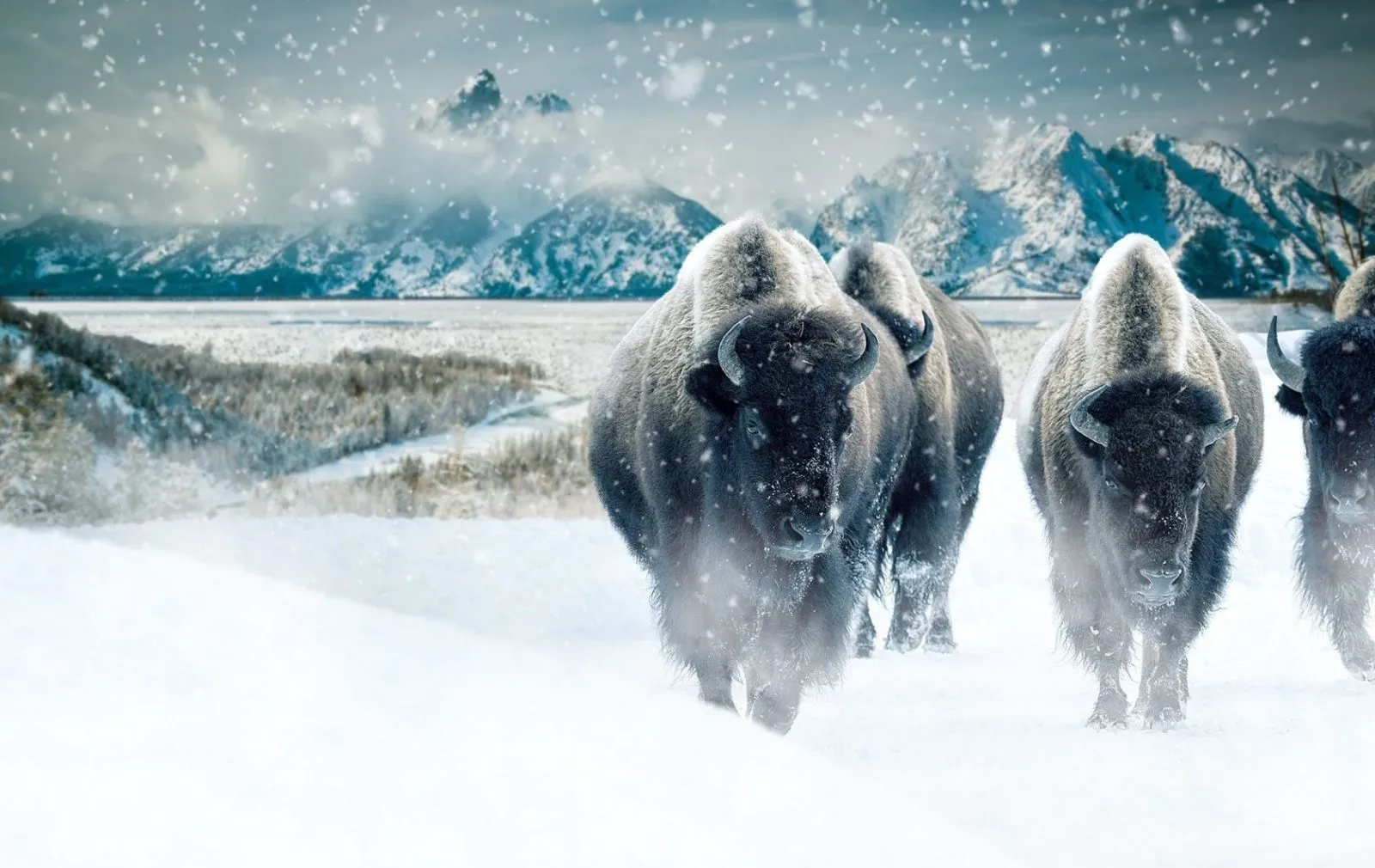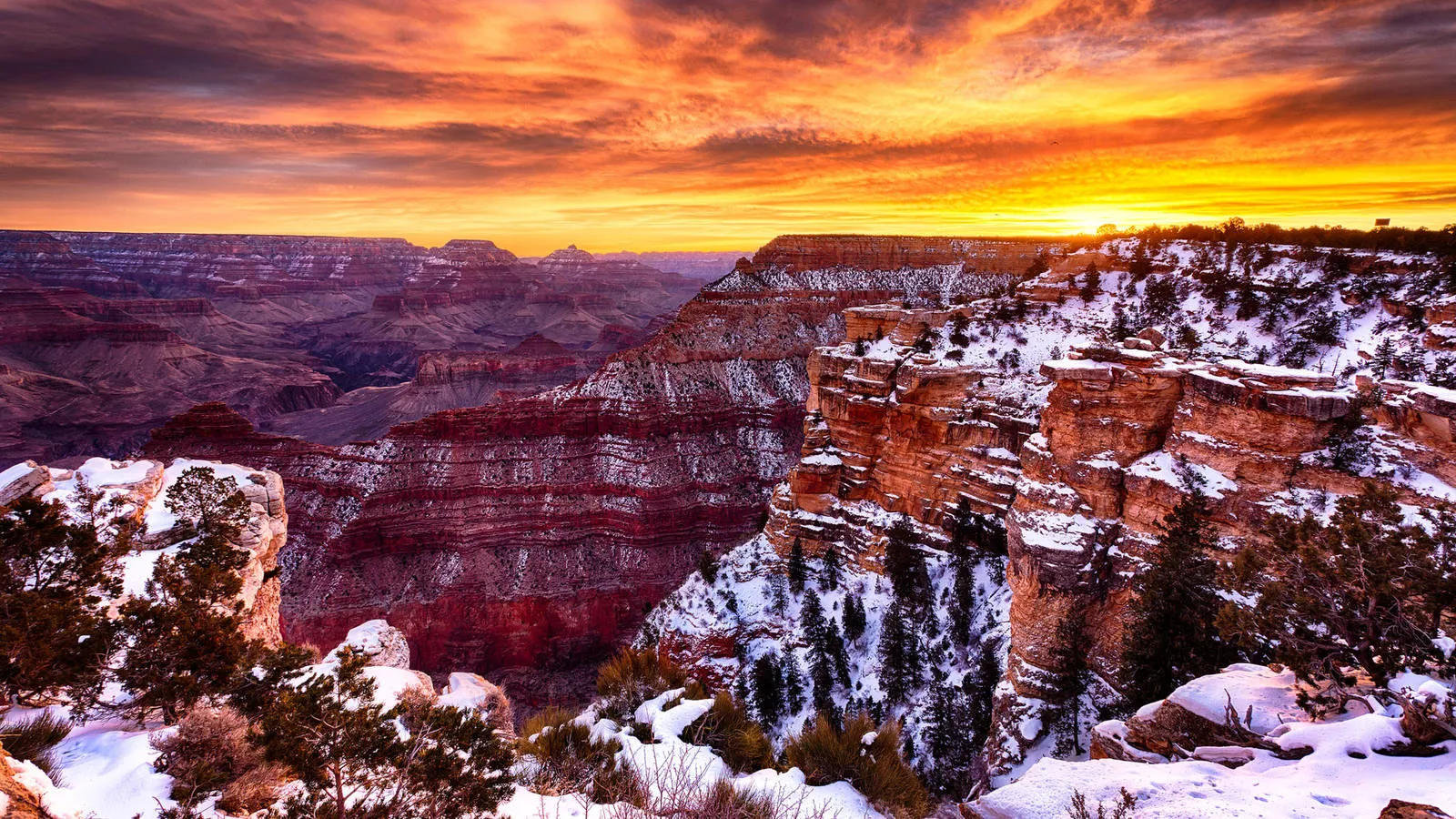Winter in Massachusetts is more than just snowstorms and biting cold. For nature lovers and photography enthusiasts, it’s a magical time to witness one of the rarest and most beautiful birds in the world: the snowy owl. This species, with its pristine white plumage and striking yellow eyes, migrates south from the Arctic in winter, and the Massachusetts coastline becomes one of their ideal stopover points. Experiencing snowy owl photography here is not only an opportunity to capture unique photographs but also a journey to explore the wild, tranquil, and enchanting beauty of winter nature.
The Magical Beauty of Snowy Owls and Their Migration to Massachusetts
The snowy owl (Bubo scandiacus), also known as Nyctea scandiaca, is a large bird of prey belonging to the owl family (Strigidae). They are distinguished by their almost entirely white plumage, which provides perfect camouflage in their icy Arctic habitat. Females and juveniles often have some dark markings on their feathers, but adult males are almost pure white. The snowy owl’s large, bright yellow eyes not only help them navigate in the dark but also create a captivating and mysterious beauty.
In summer, snowy owls live and breed in the Arctic tundra, where they take advantage of the abundant food supply of lemmings and other rodents. However, when winter arrives, food becomes scarce, and many snowy owls begin their southward migration to seek warmer habitats and more stable food sources. Massachusetts, with its long coastline and diverse ecosystems, becomes an ideal destination for them.
The Massachusetts coastline provides a unique coastal habitat with dunes, vast beaches, and wetlands, creating favorable conditions for snowy owls to hunt. They typically prey on small seabirds, voles, and sometimes even fish. The appearance of snowy owls on the Massachusetts coast in winter is not only a fascinating natural phenomenon but also a fantastic opportunity for wildlife and nature photography enthusiasts.

Ideal Locations for Snowy Owl Photography in Massachusetts
Massachusetts has many excellent coastal areas where you can encounter and capture memorable moments of snowy owls. Here are some locations highly rated by photographers and bird lovers:
1. Plum Island
Plum Island, located north of Boston, is one of the most famous destinations for observing and photographing snowy owls. This island has a diverse ecosystem with long sandy beaches, dunes, marshes, and shrub forests, attracting many wild birds, especially snowy owls in winter. The Parker River National Wildlife Refuge on Plum Island is a hotspot, where you can easily spot snowy owls perched on dunes, utility poles, or even on the ground.
2. Cape Cod
Cape Cod, with its distinctive curved shape jutting out into the Atlantic Ocean, is a stunning peninsula with a long and varied coastline. Beaches like Nauset Beach, Race Point Beach, and Marconi Beach are potential locations to find snowy owls. The Cape Cod National Seashore is also an excellent option, with pristine natural landscapes and opportunities to observe many other seabird species.
3. Martha’s Vineyard and Nantucket
The beautiful islands of Martha’s Vineyard and Nantucket, located off the coast of Massachusetts, are also attractive destinations for snowy owl photographers. The coastal habitats on these islands, with meadows, marshes, and dunes, provide ideal conditions for snowy owls to roost and hunt. Exploring these islands not only offers opportunities to photograph snowy owls but also a delightful travel experience with stunning natural scenery and unique local culture.
4. Salisbury Area
The Salisbury area, located in northern Massachusetts near the New Hampshire border, is also a region where snowy owls can be observed. Although not on the coast, this area has vast fields and agricultural land, attracting snowy owls to hunt voles and other rodents. Open areas like old airfields or meadows are places you should explore.

Tips for Successful and Responsible Snowy Owl Photography
To have a successful snowy owl photography experience and simultaneously protect this rare bird species, keep in mind the following tips and principles:
1. Ideal Timing
The best time for snowy owl photography in Massachusetts is from December to February, when they are most frequently seen. Early morning or late afternoon are the peak activity times for snowy owls, as they hunt or move between roosting areas. However, snowy owls can be seen at any time of day, especially in cold and cloudy weather conditions.
2. Appropriate Gear
- Telephoto lens: A telephoto lens with a focal length of 400mm or longer is essential for photographing snowy owls from a distance without disturbing them.
- DSLR or mirrorless camera: A camera capable of capturing high-quality images in low-light conditions will help you record sharp details of snowy owls.
- Tripod: A tripod helps stabilize your camera and lens, especially when using heavy telephoto lenses.
- Warm clothing: The coastal weather in Massachusetts in winter can be very cold and windy. Dress in layers, keeping warm and windproof.
- Binoculars: Binoculars help you observe snowy owls from a distance before approaching to take photos.
3. Finding and Approaching Snowy Owls
- Patience: Snowy owl photography requires patience. Spend time searching and observing carefully in potential areas.
- Observe from a distance: Use binoculars to locate snowy owls from afar before approaching. This helps you avoid startling them and causing them to fly away.
- Approach slowly and quietly: When approaching a snowy owl, move slowly, quietly, and avoid making loud noises. Maintain a safe distance and respect their personal space.
- Look for signs: Pay attention to signs such as white droppings or feathers on the ground, which can help you identify areas where snowy owls frequently visit.
4. Ethical Wildlife Photography Principles
- Do not disturb: The most important principle is not to disturb or stress the snowy owl. Avoid approaching too closely, making loud noises, or using direct flash into their eyes.
- Maintain a safe distance: Always maintain a safe distance and respect the snowy owl’s space. If you see signs of discomfort (e.g., flying away, changing posture frequently), back away.
- Do not feed: Never feed snowy owls. Feeding can alter their natural behavior and harm their health.
- Follow regulations: Adhere to the regulations and guidelines of conservation areas or national parks (if applicable).
- Share and educate: Share your photos and stories about snowy owls to raise public awareness about this rare bird and the importance of wildlife conservation.

Suggested Snowy Owl Photography Trip Itinerary
To have a complete and memorable snowy owl photography trip in Massachusetts, you can refer to the following suggested itinerary:
Day 1:
- Arrive in Boston, rent a car, and drive to Plum Island (about a 1-hour drive).
- Check into a hotel or guesthouse near Plum Island.
- Afternoon: Explore the Parker River National Wildlife Refuge and start searching for snowy owls.
- Evening: Enjoy fresh seafood at a local restaurant in nearby Newburyport.
Day 2:
- Early morning: Return to the Parker River National Wildlife Refuge to photograph snowy owls in the dawn light.
- Noon: Have lunch at a seaside eatery on Plum Island.
- Afternoon: Drive to Cape Cod (about a 2-3 hour drive).
- Check into a hotel or guesthouse in the Cape Cod area.
- Evening: Stroll along the beach and relax at a quiet beach in Cape Cod.
Day 3:
- Early morning: Explore famous beaches in Cape Cod such as Nauset Beach or Race Point Beach and look for snowy owls.
- Noon: Have lunch at a seafood restaurant in Cape Cod.
- Afternoon: Visit Cape Cod National Seashore or other tourist attractions in Cape Cod.
- Evening: Enjoy dinner at a fine dining restaurant in Provincetown and watch the sunset over the ocean.
Day 4:
- Morning: If you have more time, you can continue snowy owl photography in Cape Cod or travel to another location like Martha’s Vineyard (ferry required).
- Afternoon: Explore Martha’s Vineyard or Nantucket (if you choose to visit an island).
- Evening: Return to Boston or continue your journey exploring Massachusetts.
This itinerary is just a suggestion, and you can adjust it flexibly according to your time and personal preferences. The most important thing is to take time to enjoy the snowy owl photography experience and explore the unique natural beauty of Massachusetts in winter.
Conclusion
Experiencing snowy owl photography on the Massachusetts coast is a fascinating and memorable journey for those who love wildlife and photography. It’s not only an opportunity to admire the magical beauty of this rare bird but also a chance to explore the stunning natural landscapes of the Massachusetts coastline in winter. Prepare thoroughly, follow ethical principles, and fully enjoy the moment of immersing yourself in this wild, tranquil, and enchanting nature. Who knows, you might bring home once-in-a-lifetime snowy owl photos and unforgettable memories of this special photography trip.